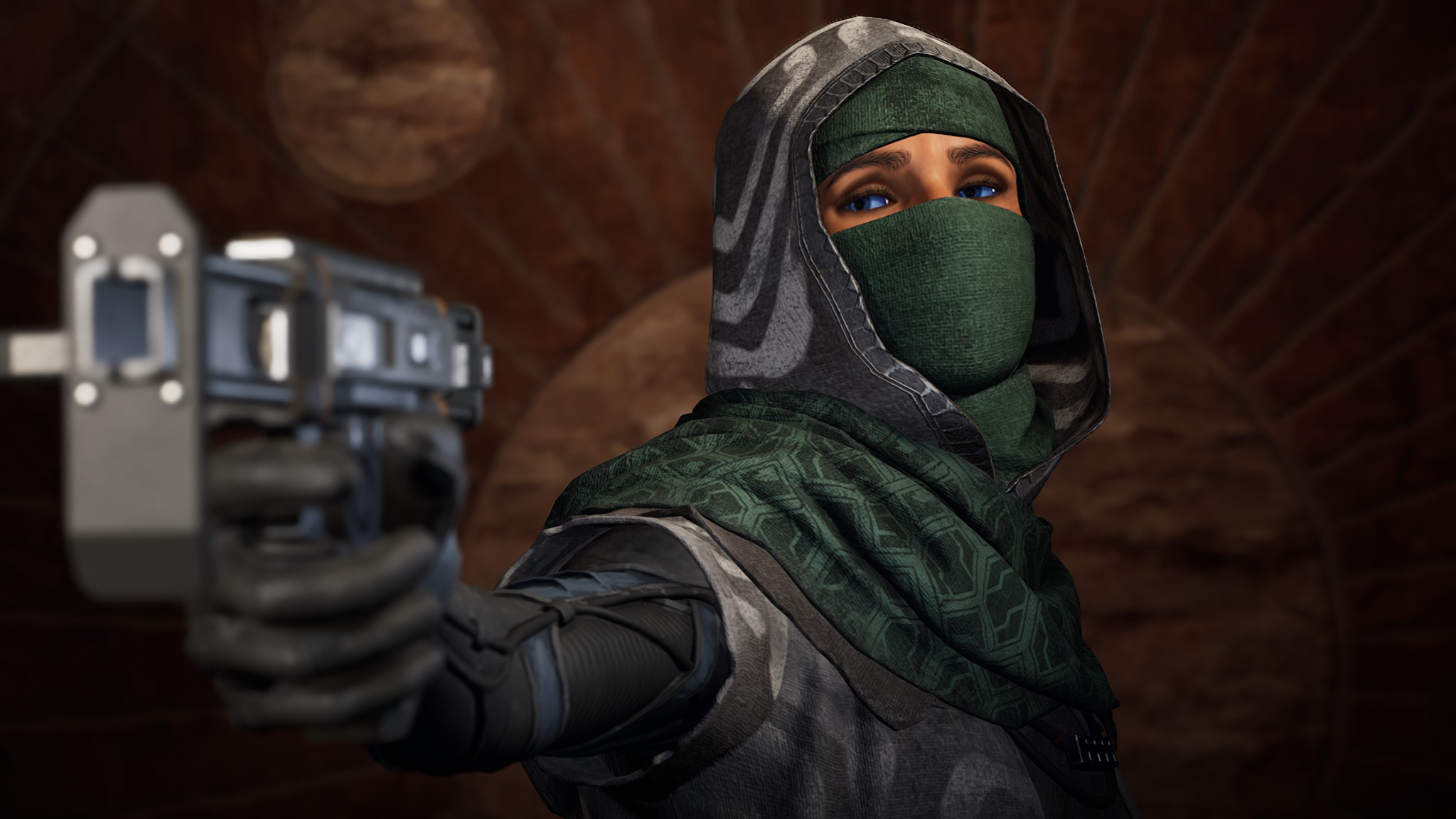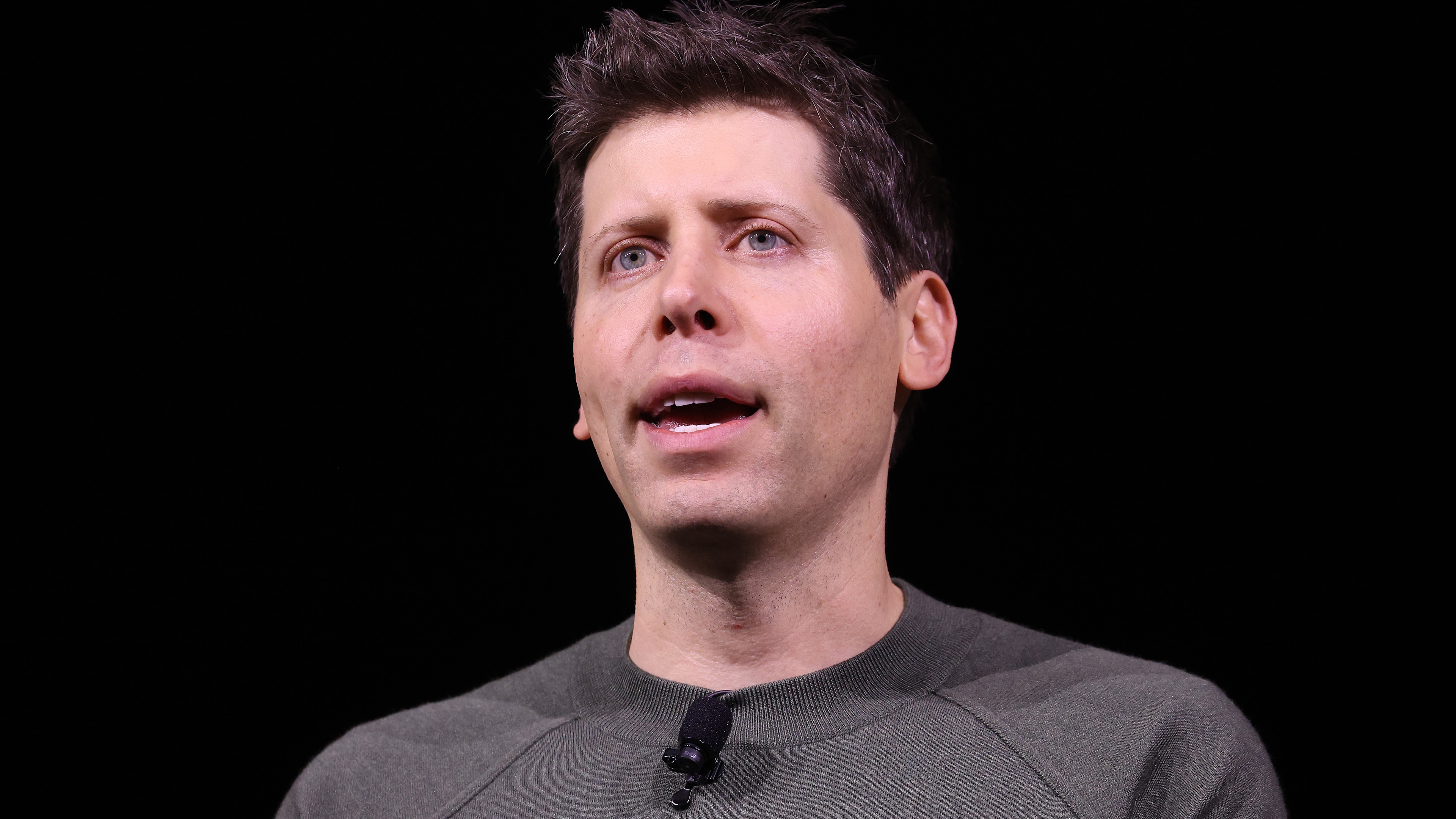
Fatal Fury: City of the Wolves: The First Preview
When I sat down to play Fatal Fury: City of the Wolves for the first time, I wasn’t sure of what to expect. While SNK has put out a number of fighting games in the last couple of decades, we haven’t had a new Fatal Fury in 25 years. To put that statement into perspective, when Garou: Mark of the Wolves was released in arcades in November of 1999, the Sega Dreamcast was less than two months old, The Matrix was six months old and single-handedly bringing back black leather, and everyone was really, really worried about Y2K. It was a very different time, and fighting games were in a very different place. So what does it mean to be a Fatal Fury game today?
The first thing you’ll notice are the visuals. SNK was rightfully criticized for the way that King of Fighters XIV looked, but they made noticeable strides with 2019’s Samurai Shodown and King of Fighters XV, and that trend continues with City of the Wolves. I love how colorful it is. No matter what color you choose for them, the character designs, while simple compared to some other fighters, pop. That SNK is employing some absolutely gorgeous cel-shading, that I think might be the best they’ve ever done, doesn’t hurt.
Throw in some flashy super animations, beautiful and arresting backgrounds that are packed with fun details like Neo Geo machines and other nods to both SNK’s history and the Fatal Fury universe, and some of the best particle effects I’ve ever seen in a fighter, and City of the Wolves is gorgeous in motion. It’s not King of Fighters XIII, and no fighting game ever likely will be again, but City of the Wolves is shaping up to be the kind of game that’s always going to look good no matter how much technology changes. That it also makes it easy to understand what’s going on as both a player and a spectator is just the cherry on top of a very well-plated dessert.
Oh, and it sounds good, too. From music that’s so enjoyable that I could see myself listening to it for The Vibe outside of the game to crunchy, bone-jarring hits when you land a super, City of the Wolves just nails everything you’d want to see from a fighting game, presentation-wise. At least so far.
All right, all right, Will. We get it. It looks and sounds good so far. But how’s it feel to play? Well, that’s kind of a long answer. Let’s start with the characters. In the demo I played, there were five: returning from past games were Tizoc, Hotaru, Rock Howard, and the legendary Terry Bogard. New to the series is Preecha, who is the apprentice of Joe Higarashi.
I tend to play shotos, so I naturally gravitated to Terry and Rock (what can I say? I like Buster Wolfing people after I ask them if they’re okay), but even the two of them feel different from one another. Rock has a better fireball and a command run that he can cancel into a number of follow-ups for unique offensive options, while Terry feels like he has a better DP and Buster Wolf.
Tizoc, on the other hand, is your grappler, with command grabs that move him forward and the ability to deal massive damage with the right hit. Hotaru’s strong normals, special moves for every occasion, and focus on Chinese martial arts, feels, to make a comparison to another series, a lot like Chun-Li.
The thing I love most about City of the Wolves is the systems SNK has built into it.
And then there’s Preecha. When I asked SNK about her, they told me that she was designed to be easy to pick up and play: she had fewer special moves than anybody in the demo but Terry, but many of the ones she has have follow-up options, allowing her to do easy combos. She’s a blast to play, easy to understand, sports a cool design, and like most players who pick up City of the Wolves, is new to this world and trying to understand how everything works. I can see her becoming a fan favorite once people get their hands on this game.
So every character is fun, and it’s a blast to see how they match up against one another, but the thing I love most about City of the Wolves is the systems SNK has built into it.
At its core, City of the Wolves revolves around the REV system. By pressing both light and heavy punch or kick when inputting a special move, you get a REV Art – an amped up version of that move with unique properties. Not only do Rev Arts make your special moves better, they can also be chained together in a mechanic called REV Accel, allowing each character access to unique combos defined by their special moves. The window for REV Accels feels fairly tight, similar to the special cancel window in King of Fighters, but REV Accel feels (and looks) incredible when you manage to pull it off and cash out for tons of damage with a flashy combo.
The downside of the REV system is that using REV Arts and REV Accel revs up your REV Meter. If you max it out, you’ll Overheat. While you’re in Overheat, you lose access to your REV Arts and REV Accel, and your Guard Gauge starts to deplete when you block your opponent’s attacks. Run out, and you’ll enter Guard Crush, and take longer to recover from hits. But Overheat isn’t a death sentence. You can get out of it by landing hits, walking toward your opponent, or blocking just before a move lands and triggering Just Defense and Hyper Defense, which open options to take the offensive with Guard Cancels.
The REV system as a whole feels like a combination of Street Fighter 6’s Drive System and Guilty Gear’s Roman Cancels/defensive mechanics.
But REV isn’t just an offensive mechanic: it also adds to your defense. Rev Guarding puts a small shield in front of your character, and pushes your opponent farther away from you when you block their attacks. You can also jump and backdash out of REV Guard, which keeps your defensive options open. Best of all, everything relating to the REV system is separate from your ability to use your Ignition Gears, Fatal Fury’s version of super moves, which is instead regulated by the Power Gauge. Using one bar of the Power Gauge gets you an Ignition Gear, but if you wait to spend them both, you get a much more powerful Redline Gear, adding an additional element of risk/reward to a game that feels like it’s constantly forcing you to make interesting choices.
The system as a whole feels like a combination of Street Fighter 6’s Drive System and Guilty Gear’s Roman Cancels/defensive mechanics, and when I brought up that I like how many offensive and defensive options players have, SNK assured me that was intentional. City of the Wolves wants players to feel like they always have options, and that the right decisions at the right time can alter the flow of a match while letting players express themselves through their play. That’s something all the best fighting games do, and I can’t wait to see what the REV system lets us do once we get more time with it.
Finally, there’s the Selective Potential Gear, or S.P.G., which you choose at the start of each match. You can position your S.P.G. at the start, middle, or end of your life bar. When your bar hits that point, your S.P.G activates automatically. When you’re in S.P.G., your health starts to regenerate, your attacks are more powerful, your Power Gauge builds up faster, and your REV Meter builds up more slowly.
You also get access to REV Blows – powerful ground and air attacks that armor through your opponent’s attacks while dealing substantial damage – and your Hidden Gear, your character’s most powerful super move, which costs two bars of your Power Gauge in addition to requiring you to be in S.P.G. Hidden Gears do absolutely massive amounts of damage and completely empty your REV Meter, allowing you to dump all of your resources for a big combo and then resume the offensive immediately if you land them.
The thing that SNK thinks might not get the most attention, and should be on everyone’s mind, are feints, which allow you to pretend to do a special move without actually doing it.
Being in S.P.G matters a lot, as does where you put your S.P.G gauge. Putting it at the beginning of your health bar means you start the match with it. But the later you put it, the more powerful it is, and the more it powers you up. It’s an additional layer of strategy that forces you to plan your matches out, and take advantage of your S.P.G. while you have it.
But the thing that SNK thinks might not get the most attention, and should be on everyone’s mind, are feints, which allow you to pretend to do a special move without actually doing it, keeping your opponent in check and canceling normals for reduced recovery. And then there’s breaks, which allow you to cancel a special move’s recovery, creating more combos opportunities that include other special moves. Kinda like REV Accel, but without spending REV meter.
All of this is a lot to take in, but SNK has done a lot to make City of the Wolves as accessible as they can. City of the Wolves has a traditional Arcade Style control scheme, but it also has Smart Style, which maps Punches, Kicks, Special Moves, Throws, and Combos to one button each, allowing you to easily play around with a character and do cool stuff even if this is your first fighting game. Even the Arcade Style controls, for the characters I saw, mostly emphasized simpler motions like quarter circles.
Yes, you’ll still have to do a Z to do a DP with Arcade Style and a 360 (or a 720) for certain command grabs, but there’s no sign of King of Fighters’s infamous pretzel motions… at least, not yet. Everything about City of the Wolves that I’ve seen so far feels designed to help ease new players in while keeping the depth long-time fighting game players crave. It’s a hard tightrope to walk, and it’s too early to say if SNK can pull it off, but I’m impressed by what I’ve seen so far.
You can tell a lot about a fighting game by how good it feels to sit down and play, and let me tell you, dear friends, Fatal Fury: City of the Wolves already feels really good. We’ve only seen a small portion of City of the Wolves’ cast and only gotten to spend a couple hours with its systems, but all I’ve been able to think about since I put my arcade stick down for the last time is how excited I am to see more of it. I didn’t know what I expected when I sat down with City of the Wolves for the first time, but I can’t wait to rev it up again. But in the meantime, I’ve seen enough to keep the faith.





